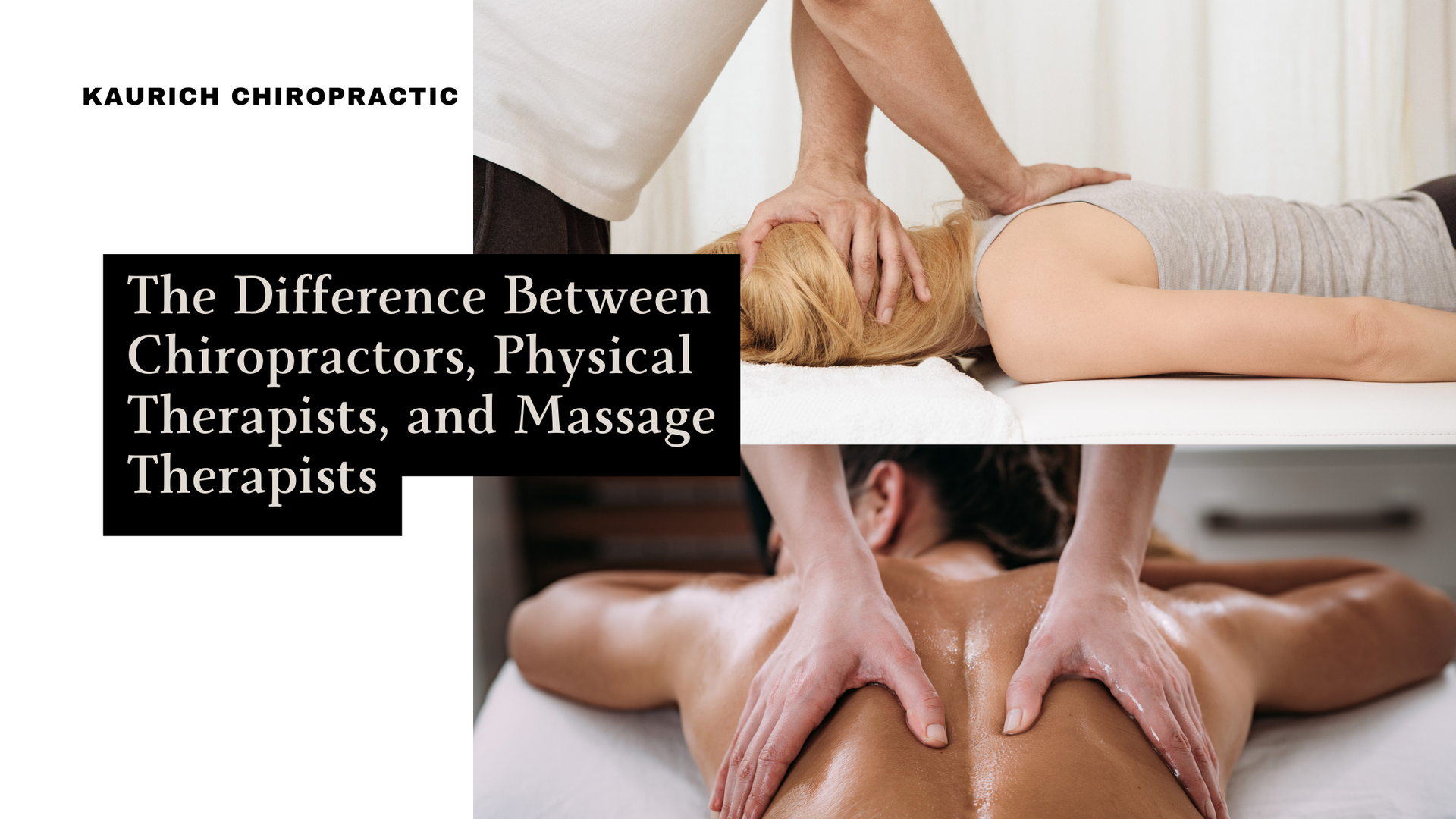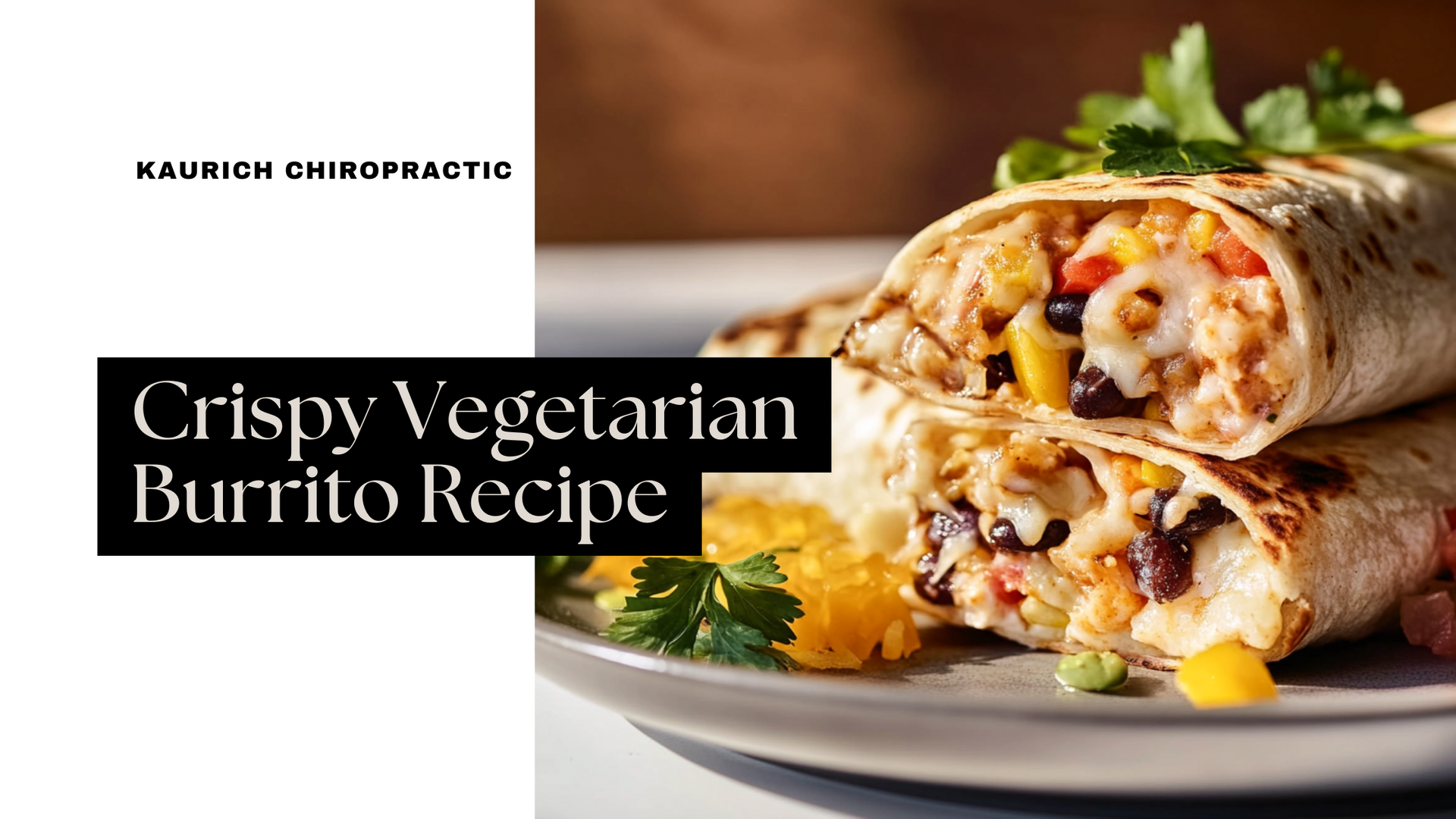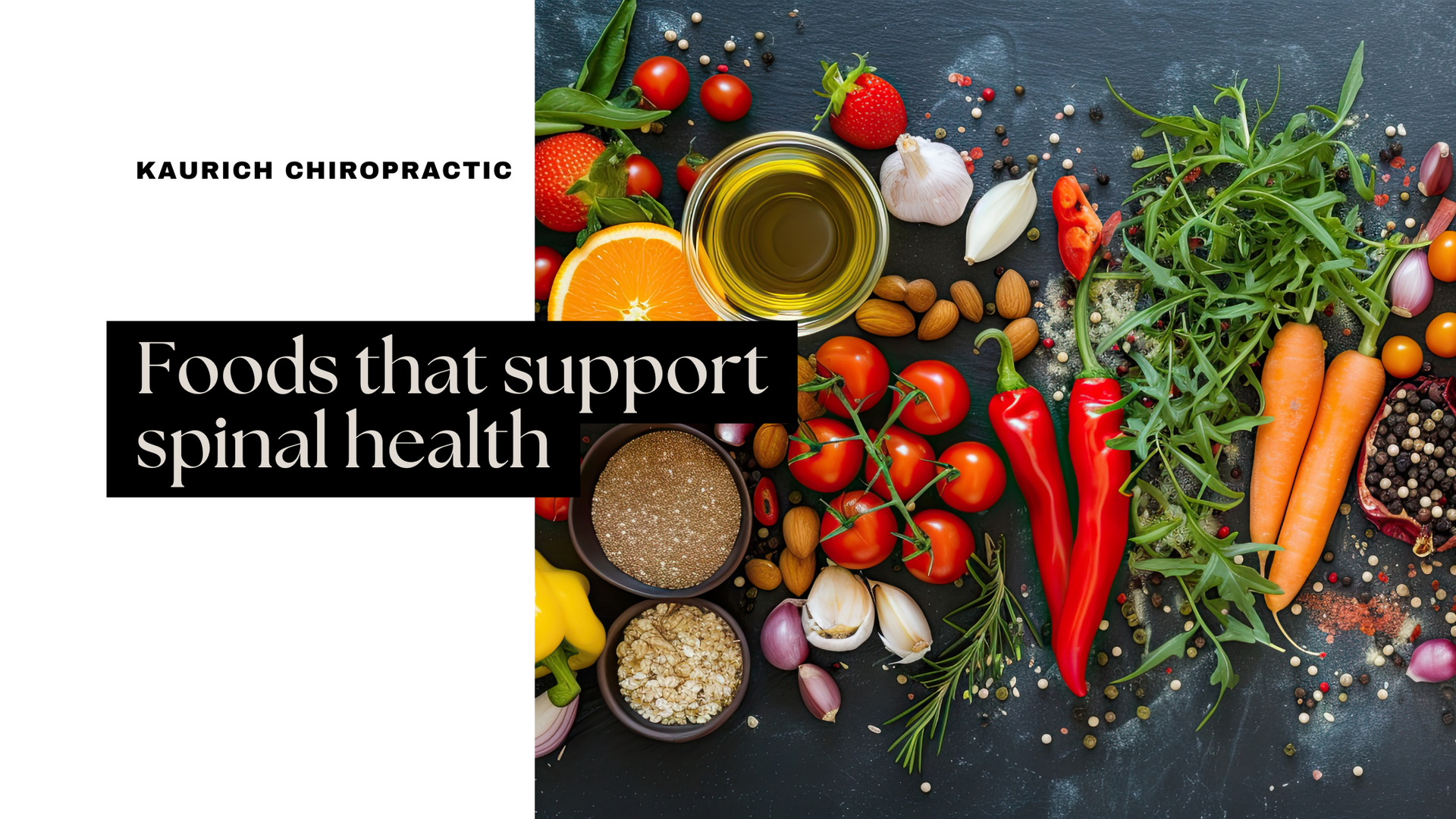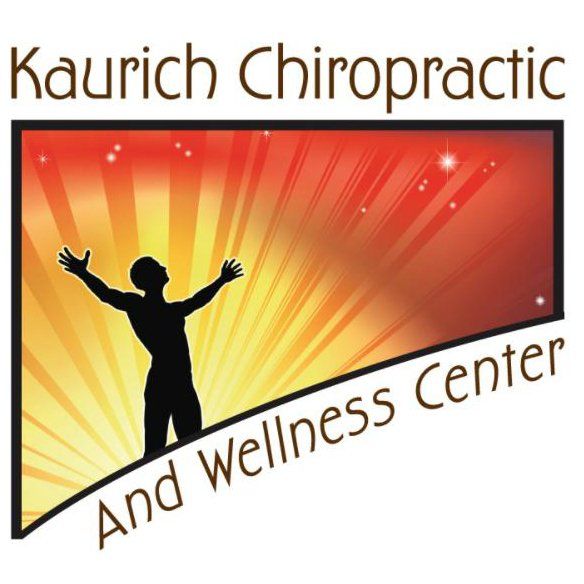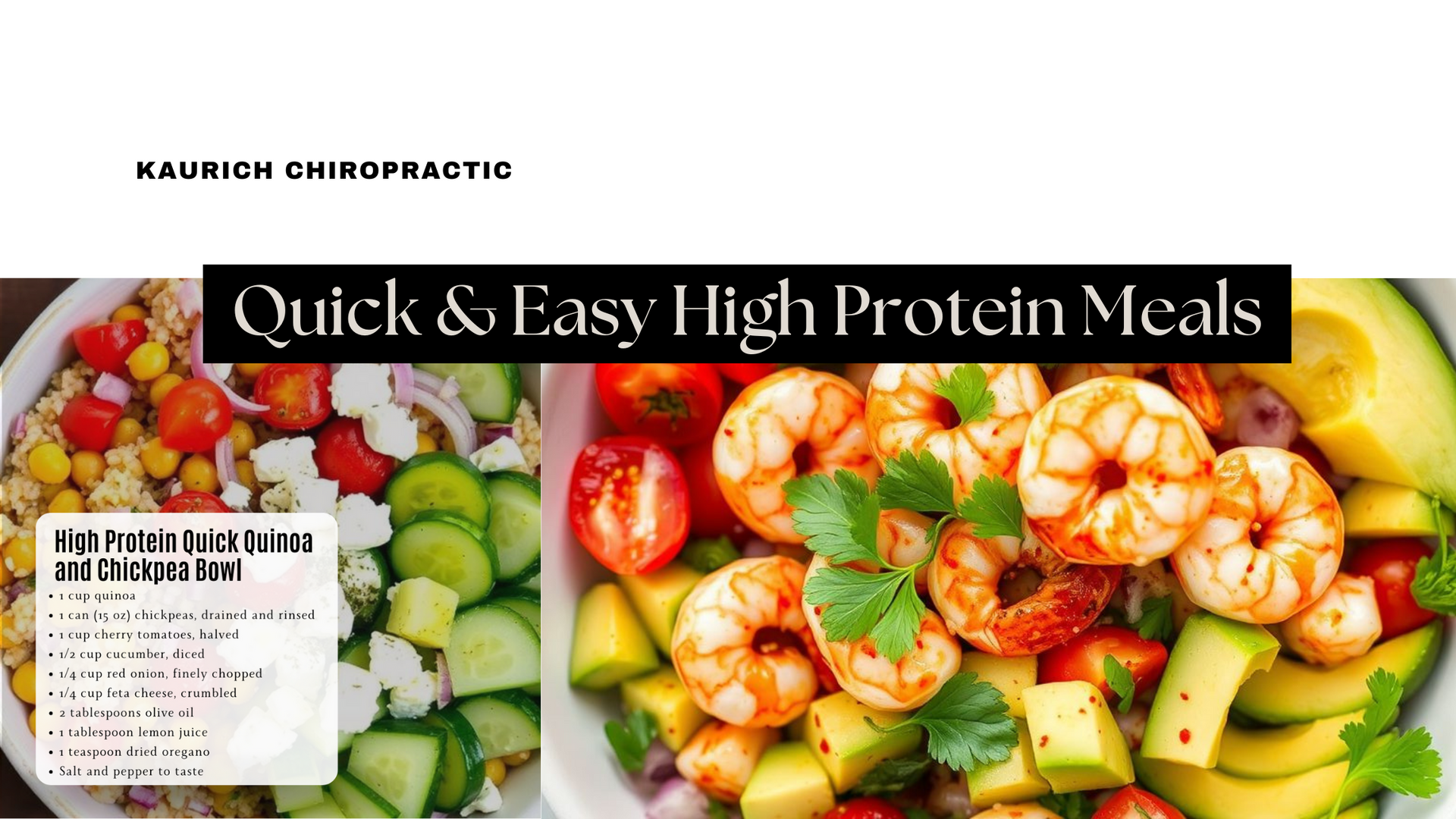Omega 3 Rich Salmon Recipes
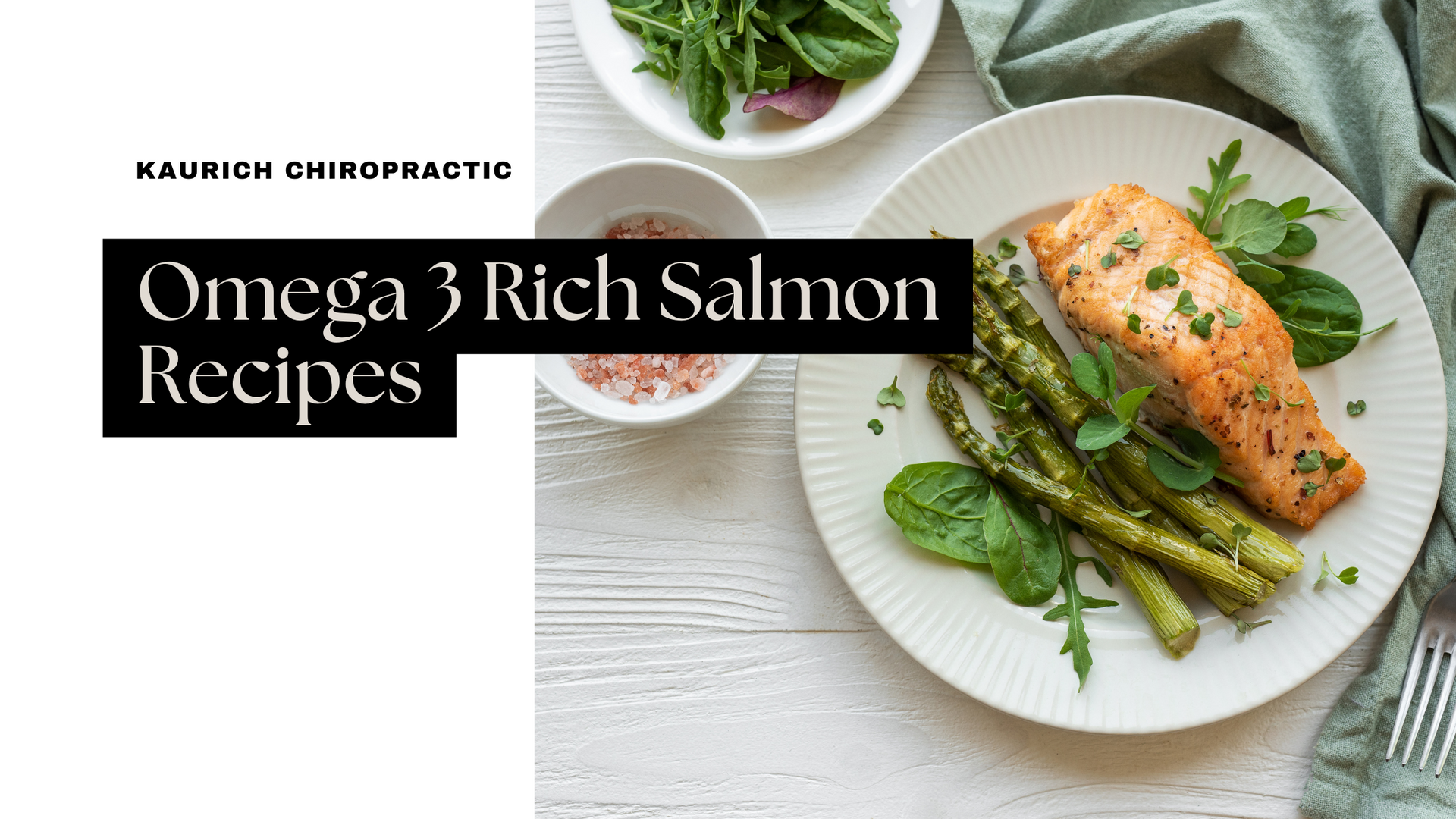
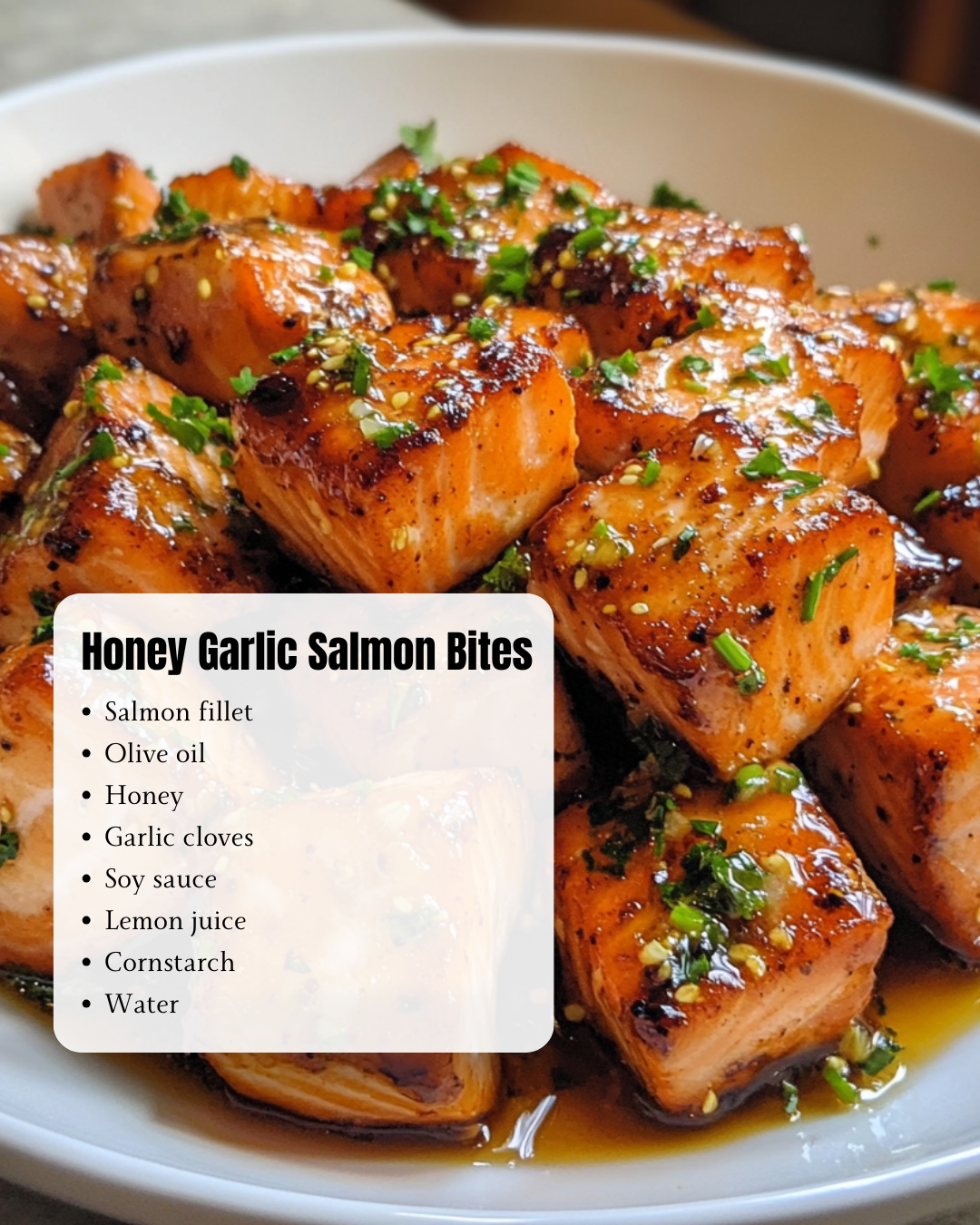
Directions
- Prepare the Salmon:
Start by patting the salmon fillet dry with a paper towel. Remove the skin if preferred and cut the fillet into bite-sized cubes. - Heat the Pan:
Heat olive oil in a large skillet over medium heat. Once hot, add the salmon bites, placing them in a single layer. Sear the pieces for 2-3 minutes on each side until they are golden brown and cooked through. Remove the salmon from the skillet and set aside. - Make the Sauce:
In the same skillet, lower the heat slightly and add minced garlic. Sauté for about 30 seconds until fragrant. Stir in honey, soy sauce, and lemon juice. Let the mixture simmer for 2-3 minutes until it thickens slightly. - Thicken the Glaze:
In a small bowl, whisk cornstarch with water to create a slurry. Slowly add this to the simmering sauce, stirring constantly to ensure no lumps form. Cook for another minute or two until the glaze reaches a rich, glossy consistency. - Coat the Salmon:
Return the salmon bites to the skillet and gently toss them in the honey garlic glaze until fully coated. Let them warm through for about 1-2 minutes. - Serve:
Transfer the salmon bites to a serving plate, garnish with chopped fresh parsley if desired, and enjoy immediately.
Servings and Timing
- Prep Time: 10 minutes
- Cook Time: 15 minutes
- Total Time: 25 minutes
- Servings: 4
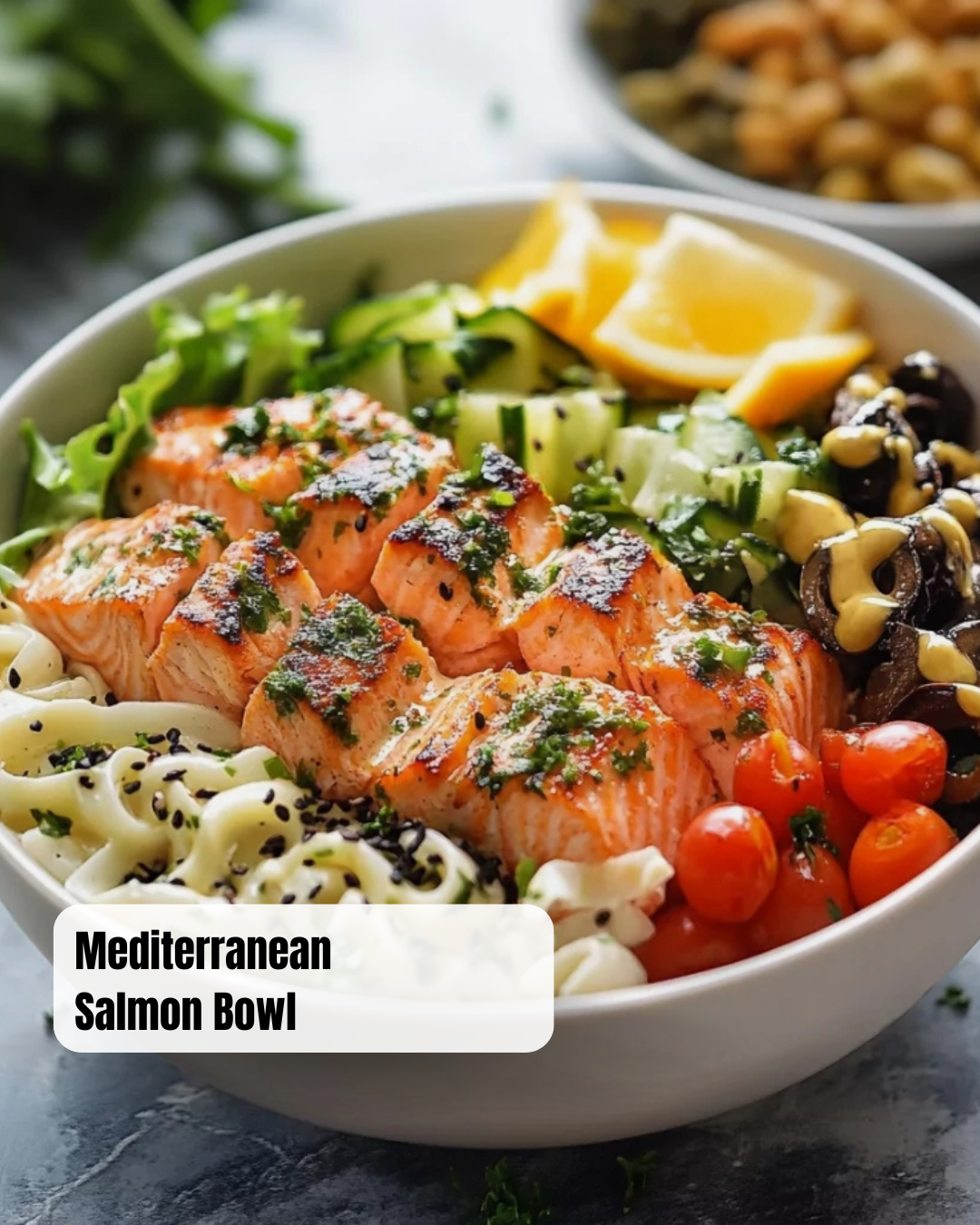
Main Ingredients for the Salmon:
- 4 fresh salmon fillets (around 4 oz each)
- 1 tablespoon olive oil
- 1 teaspoon garlic powder
- 1 teaspoon dried oregano
- 1/2 teaspoon paprika
- Salt and pepper to taste
For the Salad Base:
- 1 cup cooked quinoa or couscous (choose your preference)
- 1 cucumber, diced
- 1 pint cherry tomatoes, halved
- 1/4 cup red onion, finely sliced
- 1/2 cup kalamata olives, pitted and sliced
- 1/4 cup feta cheese, crumbled (optional for non-vegan versions)
For the Tzatziki Sauce:
- 1/2 cup Greek yogurt
- 1 tablespoon fresh dill, chopped
- 1 tablespoon cucumber, finely grated
- 1 tablespoon lemon juice
- 1 tablespoon olive oil
- Salt and pepper to taste
Garnish:
- Fresh parsley or mint (optional, for garnish)
- Lemon wedges for serving
Step 1: Prepare the Salmon
- Preheat your grill or oven: If using a grill, preheat it to medium-high heat. If baking, preheat your oven to 400°F (200°C).
- Season the salmon: Pat the salmon fillets dry with a paper towel. Drizzle the olive oil over the fillets, then sprinkle with garlic powder, oregano, paprika, salt, and pepper. Make sure the salmon is evenly coated with the seasoning mix.
- Cook the salmon:
- Grill Method: Place the fillets on the preheated grill, skin side down. Grill for about 4-5 minutes per side, or until the salmon easily flakes with a fork and has an internal temperature of 145°F (63°C).
- Oven Method: Place the seasoned fillets on a baking sheet lined with parchment paper or aluminum foil. Bake in the preheated oven for 12-15 minutes, or until the salmon flakes easily and reaches an internal temperature of 145°F (63°C).
- Rest the salmon: Once cooked, remove the salmon from the grill or oven and let it rest for a few minutes before serving. This helps the juices redistribute and ensures a tender, moist texture.
Step 2: Prepare the Salad Base
While the salmon is cooking, you can prepare the salad base. In a large bowl, combine:
- Cooked quinoa or couscous (you can cook this ahead of time and store it in the fridge).
- Diced cucumber, halved cherry tomatoes, thinly sliced red onion, and kalamata olives.
Toss the ingredients together to create a fresh, colorful salad.
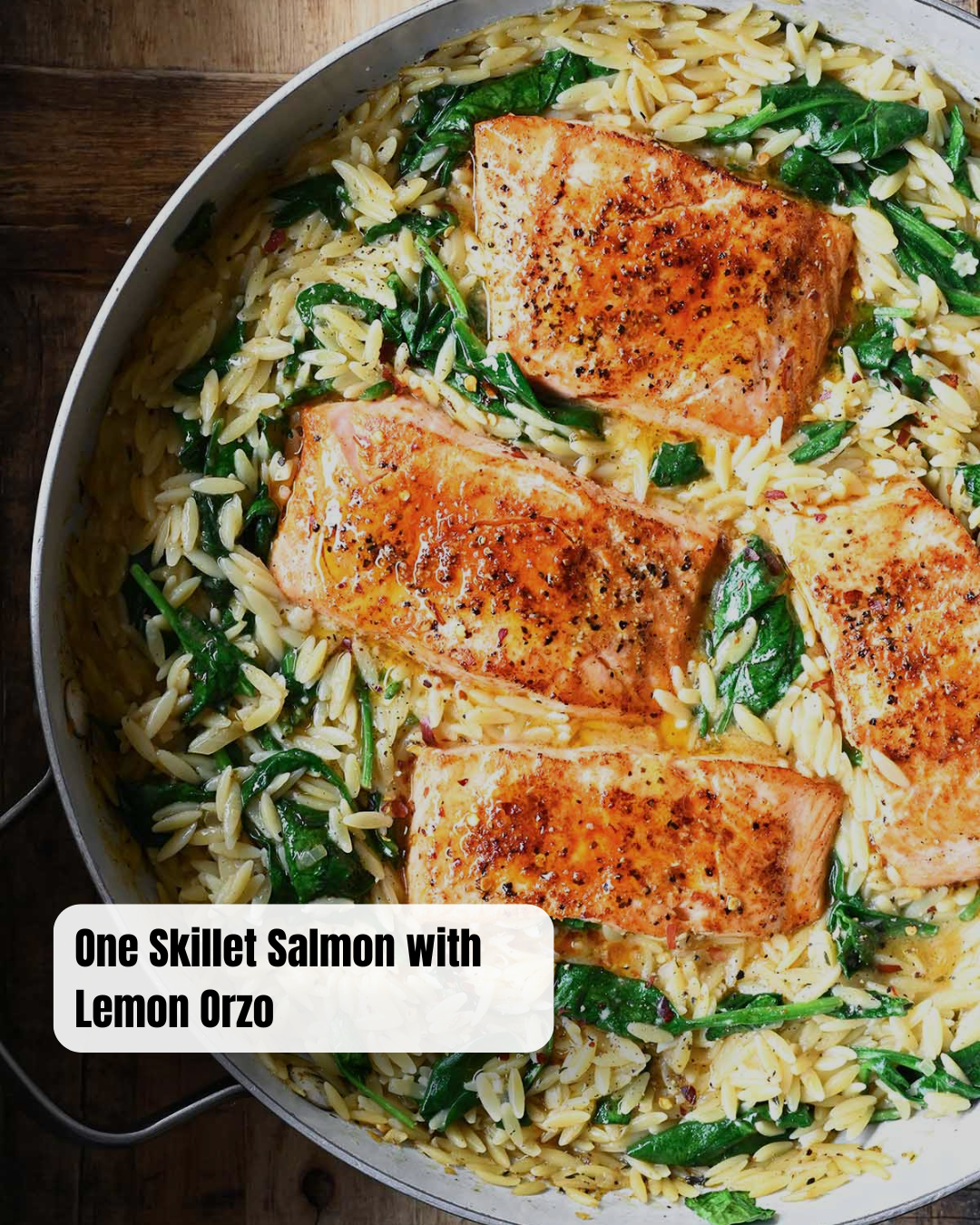
- 4 skinless salmon fillets
- 1 tsp salt - divided
- 1 tsp black pepper - divided
- 1 tsp sweet paprika
- 1 tsp garlic powder
- 1 tbsp olive oil
- 1 tsp unsalted butter
- 1 yellow onion - finely chopped
- 3 garlic cloves - minced
- 1 cup dry orzo pasta
- 1 tsp dried thyme
- 3 cups low sodium chicken broth
- 5 ounces baby spinach
- juice from ½ lemon
- ½ cup grated Parmesan
- freshly ground black pepper - for serving
- chili flakes - for serving
Instructions
- Get your prep done before you start cooking: Grate the Parmesan cheese, finely chop the onion and mince the garlic cloves. Pat the salmon fillets dry with a paper towel. Season both sides with garlic powder, sweet paprika and ½ teaspoon salt and pepper.
- Heat oil and butter over medium high in a large nonstick pan or skillet. Add salmon fillets and sear, 3-4 minutes per side. Remove from skillet and set aside.
- Reduce heat to medium, add garlic and onion. Cook until soft and fragrant for about 2 minutes. Stir in thyme and the remaining salt and pepper. Add orzo and toast for 1 minute.
- Pour in broth and bring to a boil. To maintain a simmer, reduce the heat to medium-low. Cook uncovered while stirring occasionally to prevent the orzo from sticking, until almost al dente and most of the liquid is absorbed, about 8 minutes.
- Add spinach, stir and simmer until wilted for about 2 minutes. Stir in lemon juice and Parmesan. Add more broth, if needed. Taste and adjust salt.
- Return salmon to the skillet and simmer for 2-3 minutes, or until the salmon is heated through.
- Top with freshly ground black pepper and chili flakes. Enjoy!
Nutrition
Calories: 391kcal
Carbohydrates: 10g
Protein: 43g
Fat: 20g
Saturated Fat: 5g
Polyunsaturated Fat: 5g
Monounsaturated Fat: 8g
Trans Fat: 0.04g
Cholesterol: 107mg
Sodium: 959mg
Potassium: 1285mg
Fiber: 2g
Sugar: 2g
Vitamin A: 3790IU
Vitamin C: 13mg
Calcium: 193mg
Iron: 3mg
Call Us
574-282-2828
Email Us
kevin@drkaurich.com
Visit Us
21421 Cleveland Rd
South Bend, IN 46628
